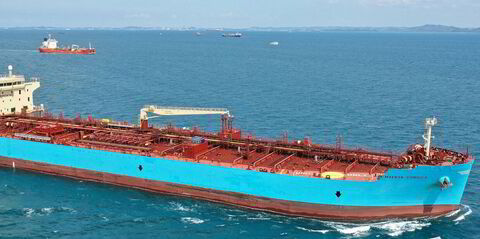US Maritime Administrator Mark Buzby sees the growth in LNG as an opportunity for US shipyards.
Testifying before the House Committee on Transportation and Infrastructure Wednesday, Buzby blamed the struggles of domestic shipbuilders on subsidized foreign competition. But LNG, he said, could be a means for a turnaround.
"The global LNG market ... is anticipated to expand over the next 20 years and it is estimated that the number of LNG ships necessary to service the market will nearly double by 2040," Buzby told the assembled representatives. "The US could capitalise on this growing industry."
He added that financing is likely easier to come by for shipowners looking for LNG newbuildings. And if there are long-term, domestic contracts available to carry the gas, US-built ships would be an attractive investment.
US coastwise trade is restricted to majority US crews on US-built and flagged ships.
According to Clarksons, there are 22 liquefaction projects set to come online by 2024, representing 97.38 million tonnes per annum of export capacity. Twelve of those projects are in the United States, alongside roughly 23% of the 103 projects in the front-end engineering design phase globally, with expected startup stretching to 2030.
The LNG orderbook, too, is not projected to catch up to production until 2021, with Evercore's Jonathan Chappell forecasting day rates between $85,000 and $90,000 for the next two years. Clarksons has 46 LNG newbuildings ready this year, with eight already delivered, 49 on the way next year and 52 the year after.
As it stands, US shipyards build just a fraction of the world fleet. Buzby testified that over the last five years, the five largest US commercial shipyards averaged just five "large self-propelled oceangoing vessels" annually, with a high of 10 in 2016.
That year, the rest of the world built more than 1,400 ships.




